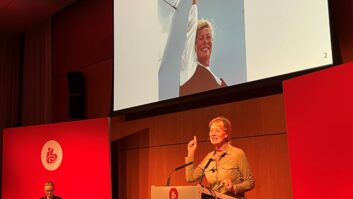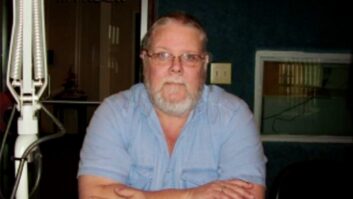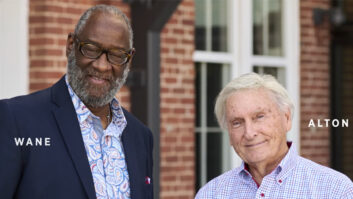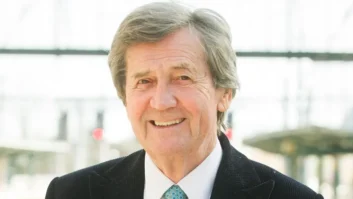Paul Shulins received the 2025 NAB Radio Engineering Achievement Award at the NAB Show in April (read the text of his remarks).
When Paul Shulins learned he was to receive the NAB Radio Engineering Achievement Award, he was completely surprised.
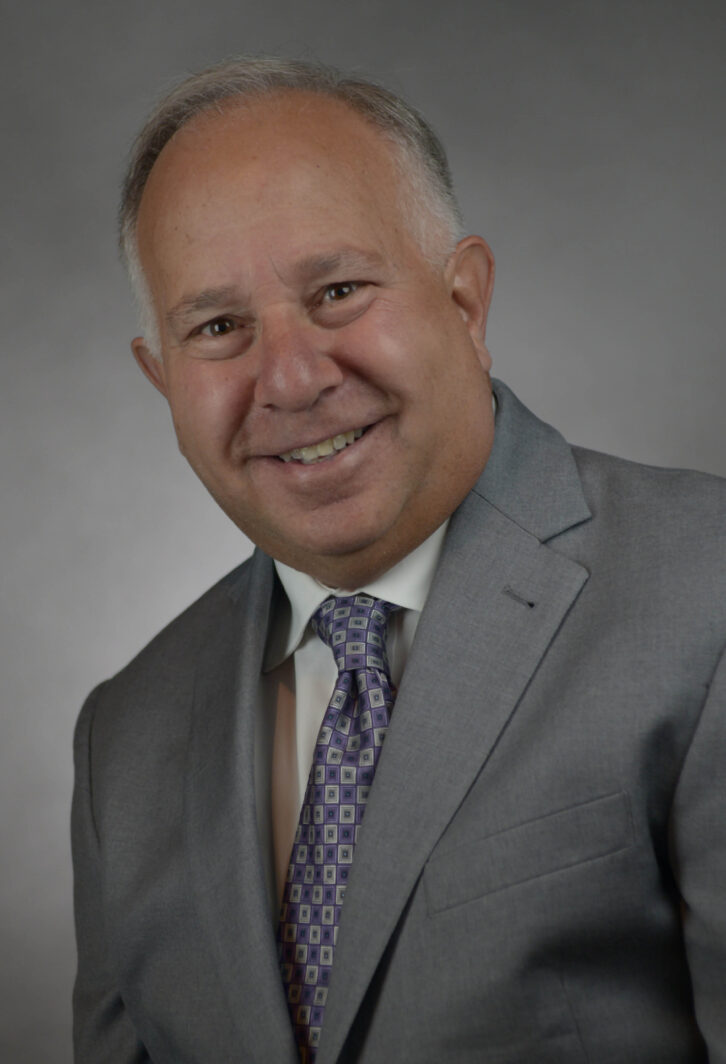
That’s unusual. In his long career as a broadcast engineer — 45 years and no signs of slowing down — few moments have caught him off guard. His story always seems to involve being one step ahead.
“I can’t think of anyone more deserving of this award,” said Milford Smith, who received the award in 2005.
Marty Sacks, another longtime friend and colleague, said, “A well-known motivational quote from author Christopher McDougall states, ‘Every morning in Africa, a lion wakes up … It knows it must run faster than the slowest gazelle, or it will starve.’ That’s Paul to a T.”
A Granite State seed
Shulins grew up in Norwalk, Conn. As a child, he was interested in science and math. His love of astronomy continues today through his astrophotography hobby.
He spent his college years at Plymouth State University in New Hampshire. From 1975–79, he was a member of campus station 91.7 WPCR(FM), eventually becoming station manager. “That’s where I began to learn about consoles and transmitters.”
At WPCR, Shulins put that scientific mind to work. Plymouth State had a windmill that produced electricity. Already involved with the school’s science department, Shulins saw an opportunity: The station’s 10-watt transmitter could run off the windmill.
“In those days, people didn’t talk about going green as much as they do today,” Shulins recalled. WPCR ran on-air promos announcing that the current hour was being powered 100% by the wind.
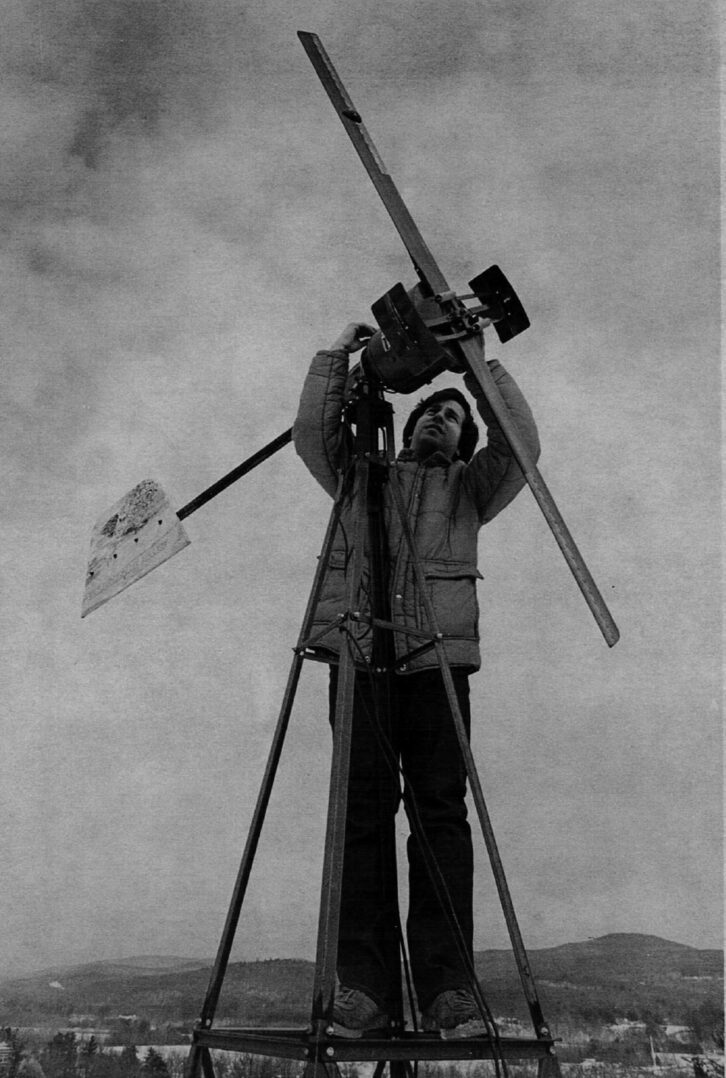
A testament to his broad interests, Shulins earned bachelor’s degrees in physics, chemistry and natural science. But the radio seed had been planted.
New ground
Shulins started his radio career in nearby Laconia as an assistant chief engineer for a Sconnix Broadcasting station, then moved on to chief engineer jobs in Springfield, Mass., and Rochester, N.Y.
It was in Rochester that he first experimented with coding on a RadioShack Color Computer in BASIC. He figured out how to program a sensor to determine whether a door was open or closed. “I started thinking about what you might be able to do with this at a transmitter site.”
In 1985, Shulins landed in Boston, taking on chief engineer for Sconnix’s 92.9 WBOS(FM).
The country music station stored its music on carts. CDs were just hitting the market, but they scratched easily and smudged with fingerprints. “Why don’t we play them out of a jukebox?” Shulins wondered.
After acquiring a 100-disc CD jukebox, he coded a system allowing WBOS DJs to scan a barcode and switch between cart decks and the jukebox. By all accounts, it was one of the first implementations of its kind.
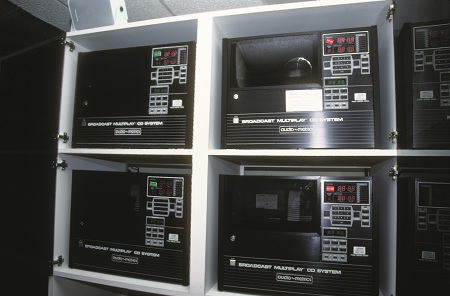
In 1988, Shulins joined crosstown 106.7 WMJX(FM), owned by Greater Media. He convinced Director of Engineering Milford Smith, universally known as Smitty, to implement a similar system there. But would a homebrew solution hold up?
“They made me nervous at first,” Smitty said of Shulins’ custom-builds. He was hesitant to rely on systems tied to one person’s institutional knowledge. “So Paul and I made a pact. With my approval, he could proceed with his builds as long as they were fully documented.”
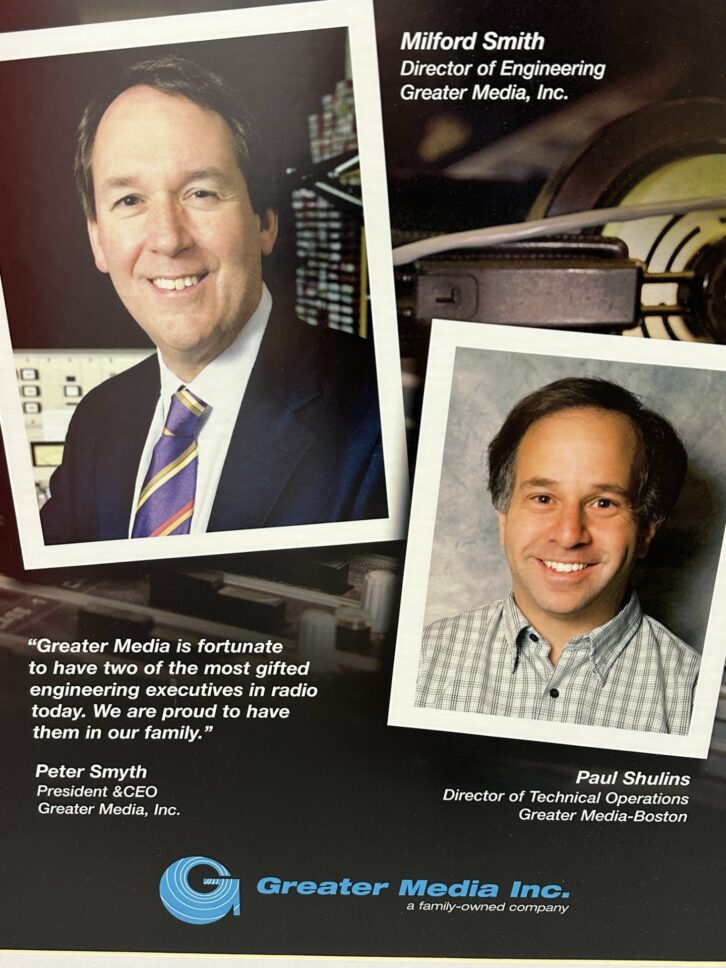
The two would work in concert for nearly 30 years. Shulins considers Smitty his biggest mentor. “I owe a lot to him.”
Consolidated solutions
Greater Media acquired 96.9 WBCS(FM) in 1993. Then came the 1996 Telecommunications Act, triggering a storm of acquisitions that reshaped the industry. The company added 105.7 WKLB(FM) and soon acquired WBOS and 99.5 WOAZ(FM).
After the wheeling and dealing, Greater Media moved all of its stations in one building on Boston’s Morrissey Boulevard. It was a massive undertaking.
Shulins used the opportunity to refine his CD jukebox system, now serving five stations. The setup was visible through a glass window; when a station played a new song, one could watch the jukebox mechanism in action. A nearby monitor displayed the current song on each station. DJs could cue up songs remotely, loading up to 50 tracks at a time.
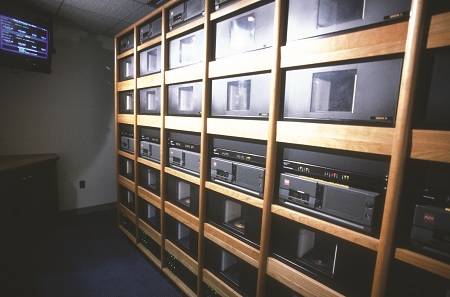
“He was in a league of his own,” Sacks said of the implementation.
Eventually, Shulins integrated the system with Selector scheduling. And soon, hard drives became affordable enough to replace CDs. “But it was a lot of fun,” Shulins said.
Custom monitoring and remote control
With five stations operating from different towers — four on Boston’s Prudential Tower and one in Andover — Shulins also needed a real-time monitoring solution.
“Solutions for monitoring product health were all over the map back then,” Sacks said. “Each device had its own parameters.”
He built his own system, designing a graphical user interface that displayed data on nitrogen pressure levels, room temperature and other key metrics. His web-based system included color-coded warnings, with red for danger zones.
This foray into remote monitoring would influence much of his later career. Shulins eventually expanded its capabilities, which enabled alerts to be sent to pagers and cell phones. Later, if an RF failure occurred, the system would automatically power up a backup transmitter — without human intervention.
The “broomstick incident”
Every engineer has war stories. One of Shulins’ tales comes from Boston’s Prudential Tower.

In 1990, while a new master antenna was being installed, affected stations, including WMJX, transmitted from a temporary combined antenna on the building’s northwest side. This caused signal shadowing toward Boston’s suburban south shore.
A competing engineer attempted a rogue fix: using a coax cable and a broomstick to reradiate the signal southeast on a yagi antenna.
“Not only was that highly illegal, but it detuned the antenna so badly it burned up,” Shulins said. Every station went off the air.
“It’s forever known in Boston engineering circles as the broomstick story. I’ll never forget the smell of burnt Teflon,” he added.
Smitty credited Shulins for his diligent maintenance of what would end up as a seven-station master antenna system atop the “Pru.”
Renaissance man
Innovator is a word that would describe Shulins.
NAB Vice President of Advanced Engineering David Layer said his ability to listen to and connect with people is surpassed only by his deep technical skill. Sacks cited Shulins’ ability to take technical concepts and apply them to everyday radio workflows. “Not only is he one of the nicest people you will ever meet, but he is just as brilliant.”
But Smitty prefers “renaissance man.”
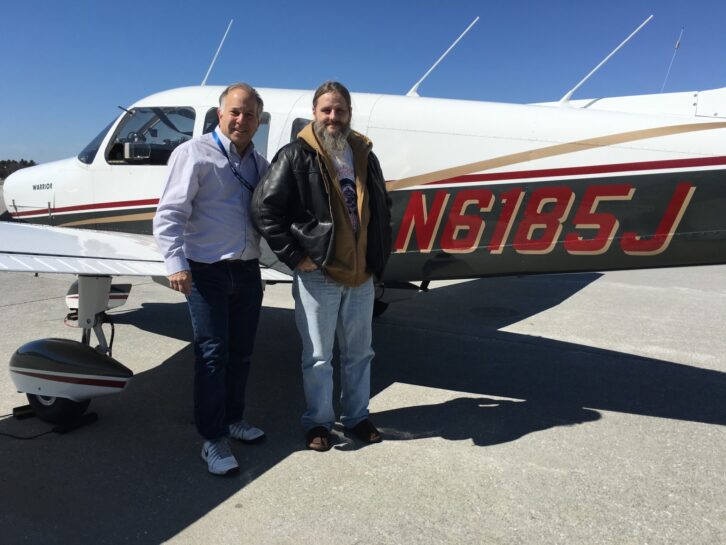
“His photography is exceptional,” said Smith, while his computer programming skills are high-caliber. And Shulins has been a private pilot since 1989. He has performed charity work for Angel Flight, an organization that transports patients who need special care and live far from metropolitan areas.
He was active with HD Radio in the early 2000s, working with iBiquity on signal penetration tests. When Arbitron began to implement the Portable People Meter and markets such as Boston began to switch to the PPM from the diary, it was essential that PPM encoders at each station were operational.

“If anything went wrong with an encoder, a station might as well have been off the air,” Shulins said, because of the impact on its ratings.
Including HD subchannels, Greater Media had around 20 PPM encoders in Boston. Shulins wrote a software program to display their status, again with logical color coding to display status. He also wrote a program that ranked music played on the Greater Media stations by their encoded effectiveness. A weekly list would be delivered to program directors in terms of what songs were good and bad for encoding success.
“It didn’t dictate playlists, but it helped stations separate songs for better encoding results.”
At the time, Telos Alliance was spending a good deal of effort on PPM encoder enhancements. Shulins and Sacks shared insights. “It was another example of Paul taking a great idea and executing it brilliantly,” Sacks said.
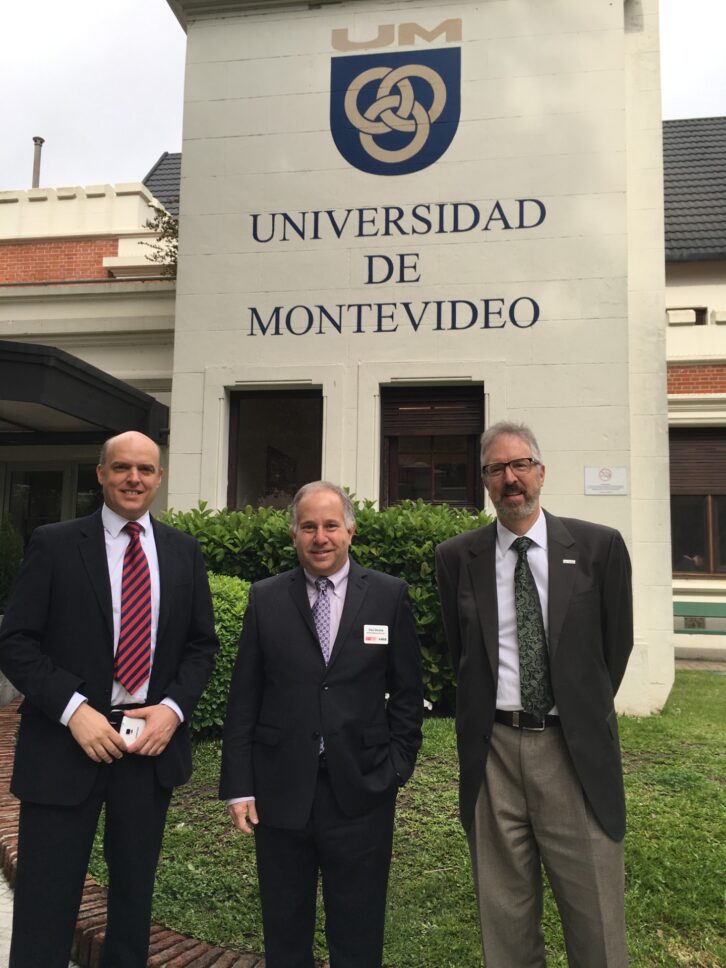
After nearly 30 years at Greater Media, Shulins joined Burk Technology in 2017. Subsequently he launched his own consultancy. He also worked as a contractor for American Tower, installing transmitter monitoring and VSWR protection systems at 70 sites nationwide.
When drones gained consumer traction, Shulins saw another opportunity. He purchased an enterprise drone equipped with an infrared camera and earned a Level II certification in thermal imaging. He put that expertise to work detecting tower anomalies.
“Let’s see if we can find any points that are heating more than others,” he said. Today, drones have become a key tool for preventive and investigative maintenance.
His work caught the attention of Jim Stenberg, NAB’s 2020 Television Engineering Achievement Award winner. The two had much in common, including interests in technology and aviation. In 2023, they formed Over The Air RF Consulting, with Shulins handling radio, Stenberg covering TV.
The future
Shulins knows the broadcast engineering pool is shrinking and that there have been many high-profile retirements.
“We need to support young students who are going to school and thinking about broadcast engineering, because RF is not going away,” he said. In his travels, he has met students eager to learn more. “It is important we encourage these young people. No two of these broadcast sites are exactly the same. Every one of these sites across the country is unique. It lends itself to folks who have entrepreneurial spirit and want to solve problems.”
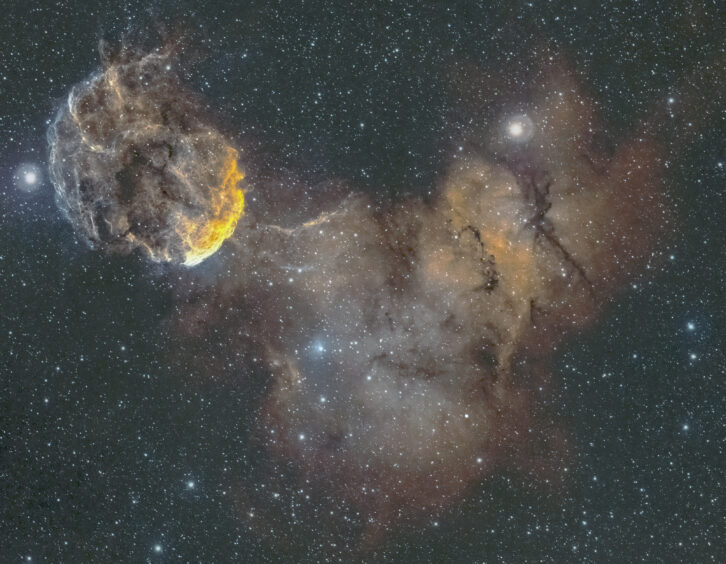
Shulins is a past president of IEEE’s Broadcast Technology Society, where his work has included developing podcasts to target engineering students. “He brought a much-needed emphasis on radio to the organization,” said Milford Smith, who also is active with the group.
After the American Tower project, Shulins moved to Arizona. He owns an observatory in northern Arizona which he uses for his astrophotography purposes. “One of the reasons I came out here is that it’s nice and dark,” he said.
What is the reason behind Shulins’ five decades of success?
“He’s not afraid of change,” Jim Stenberg said. “If he doesn’t know how to do something, he’ll find out.”
“He always put his stations’ performance and the welfare of his staff above his own obligations,” Smitty said.
Sacks compared Shulins to Billy Joel, “always reinventing himself.”
What advice would he give his younger self, fresh out of Plymouth State?
Don’t be afraid to take chances. “If you believe something will benefit your station or clients, don’t be afraid to experiment,” he said.
It’s the secret to being one step ahead.
Radio World welcomes letters to the editor on this or any story. Email [email protected].


